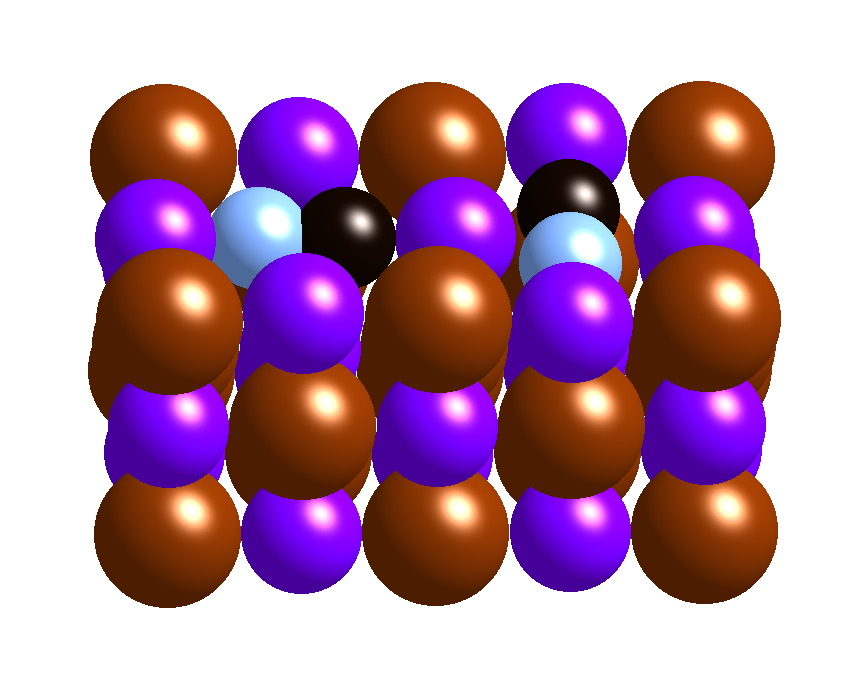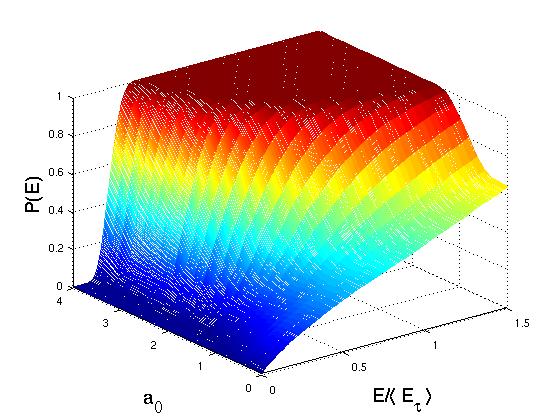Low temperature universality in disordered solids
Moshe Schechter
A large variety of otherwise very different amorphous and disordered solids show, at temperatures lower than 3 Kelvin, remarkable universality in their properties.
Most astounding, the ratio \(\lambda/l\) of the phonon wavelength divided by its mean free path is roughly 1/150, this value being constant in wavelength, temperature, and very similar between otherwise very different materials.
For 4 decades this phenomenon is discussed within the framework of the phenomenological model of tunneling two level systems (TLSs). However, crucial questions such as the nature of the tunneling states, the universality and smallness of the ratio \(\lambda/l\) , and the energy scale dictating the temperature of 3K below which the phenomenon is observed, remain unanswered.
We have recently suggested a novel model to explain the above questions, where tunneling states are classified to symmetric and asymmetric with respect to local inversion (examples are \(180^\circ\) flips and \(90^\circ\) rotations of the CN impurity in the picture at the bottom left). The “symmetric” TLSs couple weakly to the phonons, yet gap the asymmetric TLSs at low energies – the DOS of the latter is shown at the bottom right. We are now interested in using the theory to calculate further relevant physical quantities, and in the rigorous generalization of the theory to amorphous solids. For more details see arXiv:0910.1283.

